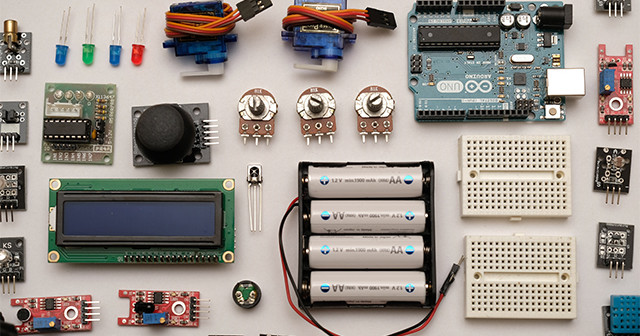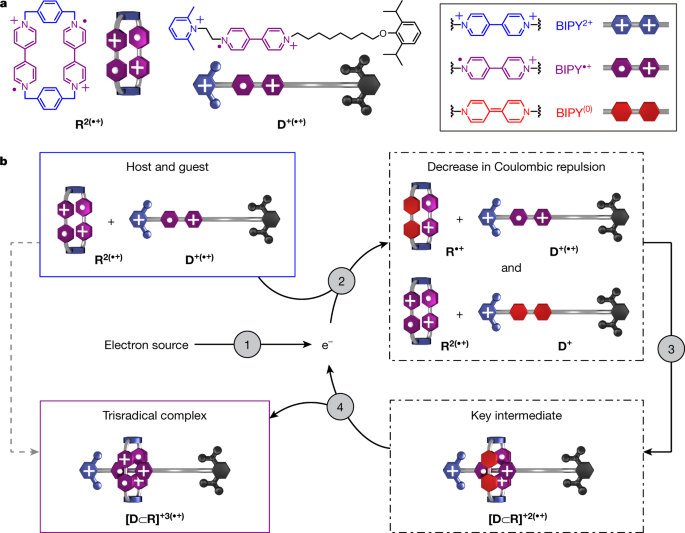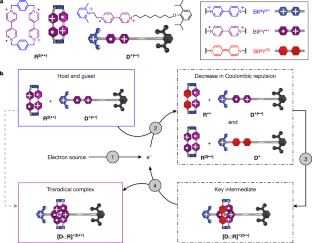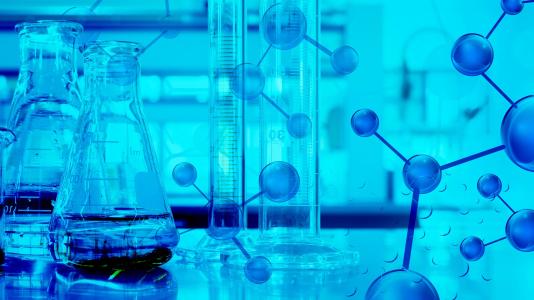分子認識の触媒として素粒子を利用する化学者たち Chemists use elementary particle to catalyze molecular recognition
ノースウェスタン大学主導の研究チームは、シンプルで汎用性の高い解決策を開発した。
電子を導入して電気を流すと、2つの分子の間の抵抗が減少し、結合が形成される。
分子間の結合は、非共有結合という弱いものだが重要なものである。この種の結合は、分子の自己組織化を促進する。このプロセスは、生物学や現在の科学者が、高度に構造化された安定かつ機能的な分子の配列を、ボトムアップで構築するために用いているプロセスである。
この根本的に新しいタイプの触媒作用は、化学者や生物学者に、分子の認識を促進し、制御するためのツールを提供することになる。
非共有結合現象を微調整し、異なる長さスケールでの集合を制御し、最終的には再生医療からエレクトロニクスまで幅広い分野で使用できる新しい形の複雑な物質を作り出すための新しい戦略を設計することができる。
<関連情報>


電子触媒による分子認識 Electron-catalysed molecular recognition
Yang Jiao, Yunyan Qiu, Long Zhang, Wei-Guang Liu, Haochuan Mao, Hongliang Chen, Yuanning Feng, Kang Cai, Dengke Shen, Bo Song, Xiao-Yang Chen, Xuesong Li, Xingang Zhao, Ryan M. Young, Charlotte L. Stern, Michael R. Wasielewski, R. Dean Astumian, William A. Goddard III & J. Fraser Stoddart
Nature volume 603, pages265–270 (2022)Cite this article
Abstract
Molecular recognition1,2,3,4 and supramolecular assembly5,6,7,8 cover a broad spectrum9,10,11 of non-covalently orchestrated phenomena between molecules. Catalysis12 of such processes, however, unlike that for the formation of covalent bonds, is limited to approaches13,14,15,16 that rely on sophisticated catalyst design. Here we establish a simple and versatile strategy to facilitate molecular recognition by extending electron catalysis17, which is widely applied18,19,20,21 in synthetic covalent chemistry, into the realm of supramolecular non-covalent chemistry. As a proof of principle, we show that the formation of a trisradical complex22 between a macrocyclic host and a dumbbell-shaped guest—a molecular recognition process that is kinetically forbidden under ambient conditions—can be accelerated substantially on the addition of catalytic amounts of a chemical electron source. It is, therefore, electrochemically possible to control23 the molecular recognition temporally and produce a nearly arbitrary molar ratio between the substrates and complexes ranging between zero and the equilibrium value. Such kinetically stable supramolecular systems24 are difficult to obtain precisely by other means. The use of the electron as a catalyst in molecular recognition will inspire chemists and biologists to explore strategies that can be used to fine-tune non-covalent events, control assembly at different length scales25,26,27 and ultimately create new forms of complex matter28,29,30.

Fig. 1: Design of an electron-catalysed molecular recognition process.



